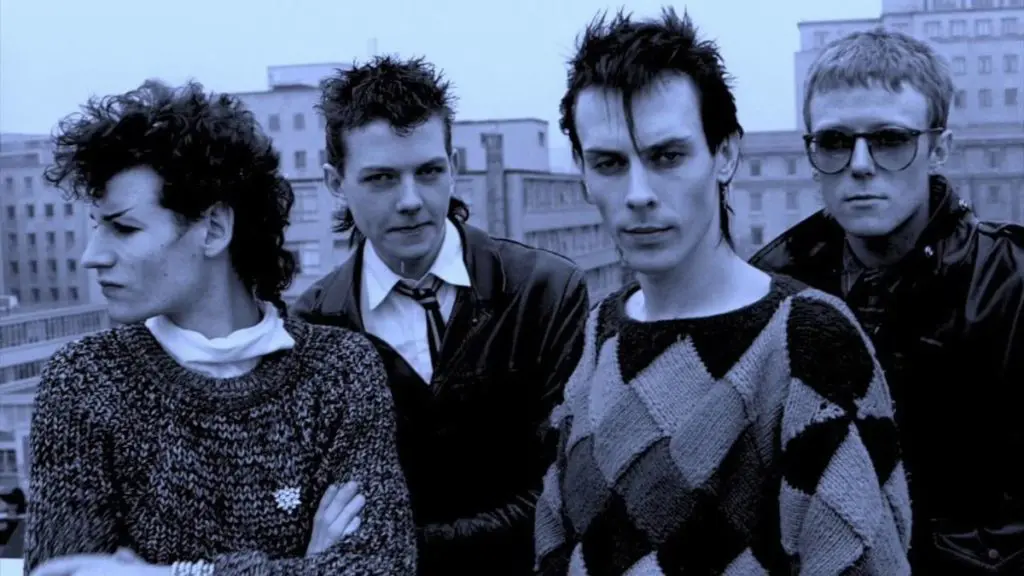Few rock and roll bands have been riddled with as much controversy as The Who.
All four members had very different personalities, as their notorious live performances actually showed - Keith Moon once fell on his drum kit, and the rest of the musicians often clashed on stage.
Although it took some time for the band to find its audience, by the late 1960s The Who rivaled even the Rolling Stones in both live performance and album sales.
The band blew up traditional rock and R&B with Townsend's furious guitar riffs, Entwistle's low and fast bass lines and Moon's energetic and chaotic drums.
Unlike most rock bands, The Who based their rhythm on the guitar, allowing Moon and Entwistle to constantly improvise while Daltrey performed the songs.
The Who succeeded in doing this live, but another suggestion arose on the recording: Townsend came up with the idea of incorporating pop art and concept pieces into the band's repertoire.
He was considered one of the best British songwriters of the era, as songs such as The Kids Are Alright and My Generation became teen anthems. At the same time, his rock opera Tommy earned respect from important music critics.
However, the rest of The Who, especially Entwistle and Daltrey, were not always eager to follow his musical innovations. They wanted to play hard rock instead of Townsend's songs.
The Who established themselves as rockers in the mid-1970s, continuing this path after Moon's death in 1978. Nevertheless, at their peak, The Who were one of rock's most innovative and powerful bands.
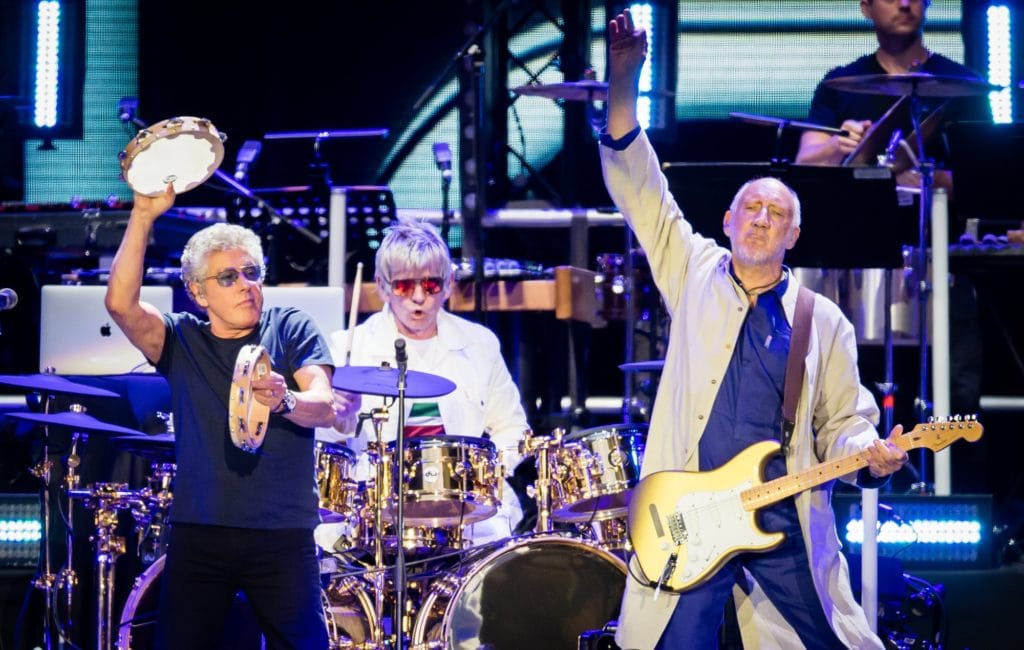
Formation of The Who
Townsend and Entwistle met while attending high school in London's Shepherd's Bush. As teenagers, they played in the band Dixieland. There Entwist played the trumpet and Townsend played the banjo.
The band's sound quickly developed under the influence of not only American artists, but also several British musicians.
This was followed by a change in the group's name. The guys needed something more interesting than Dixieland, so they settled on The Who.
The band played music that consisted entirely of soul and R&B, or as it was written on their posters: Maximum R&B.
The first broken guitar in the band Ze Hu
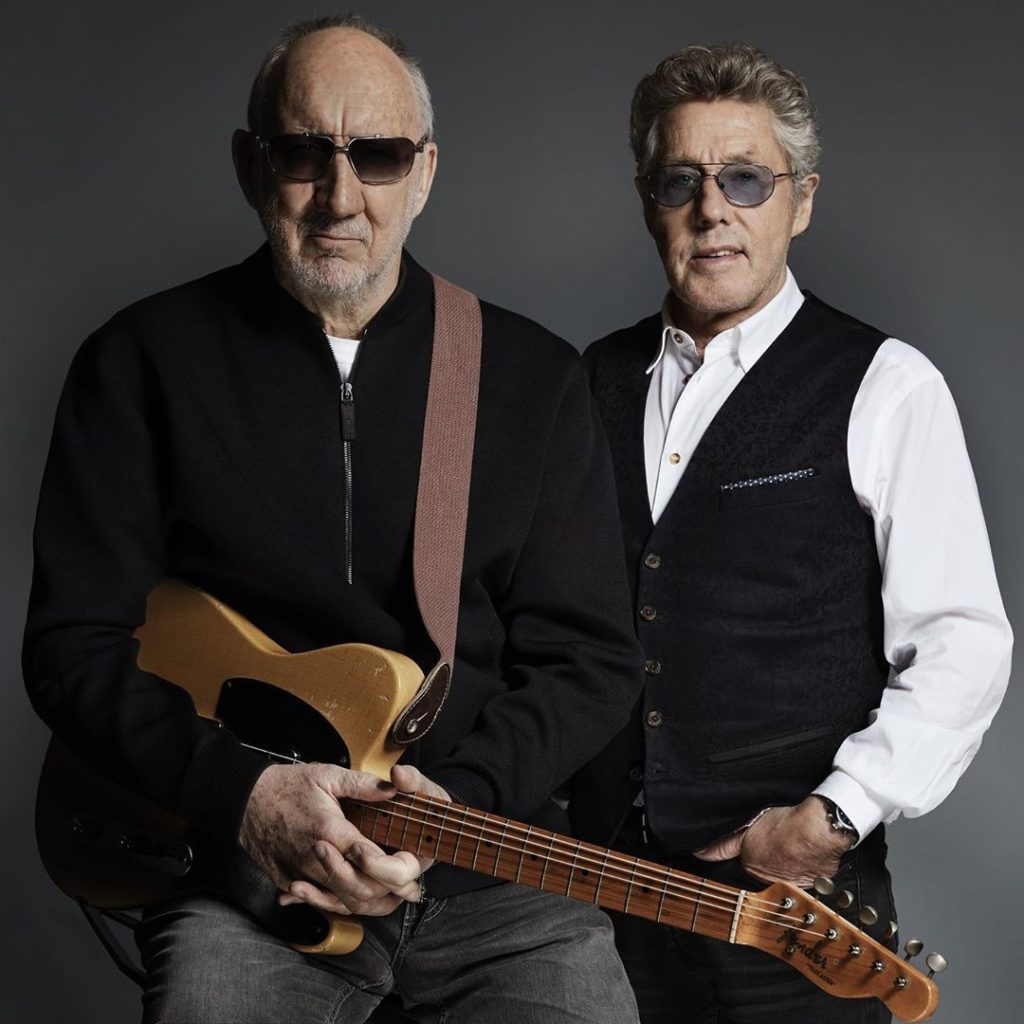
Townsend once accidentally smashed his first guitar at a concert at the Railway Hotel. He was able to finish the show with a newly purchased 12-string Rickenbacker.
Townsend discovered the following week that people had come specifically to see him smash his guitar.
At first, Lambert and Stamp were shocked that Townsend once again destroyed another guitar as part of an advertising campaign. However, in those days, he didn't smash guitars at every show.
I Can't Explain
In late 1964, Townsend gave the band the original song I Can't Explain, which was indebted to The Kinks and their single You Really Got Me. Townsend's lyrics made a strong impression on teenagers, thanks to Daltrey's perfect powerful vocals.
After the band's incendiary performance on the television program Ready, Steady, Go, in which Townsend and Moon destroyed their instruments, the single I Can't Explain reached the British. In the UK, he was in the top ten.
In early 1966, the single Substitute became their fourth UK Top XNUMX hit. The Keith Lambert-produced single marked the end of Decca/Brunswick's UK contract.
Starting with Substitute, the band signed with Polydor in England. I'm a Boy, released in the summer of 1966, was The Who's first single without a Decca/Brunswick release, and showed just how far the band had come in 18 months.
The history in the United States was very different. The singles were not successful despite advertisements from ABC's television rock and roll venue Shindig.
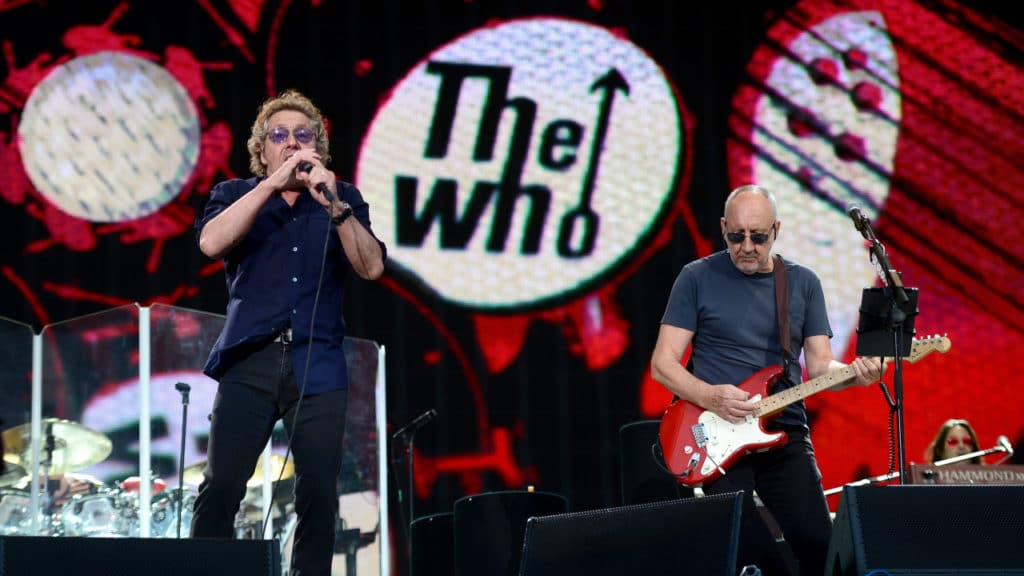
The success in Britain was huge, but it was not enough. Live instrument smashing and accompanying effects were terribly expensive, so the band was in constant debt.
Second album
Townsend wrote the album's title track as a ten-minute mini-opera. A Quick One While He's Away is Townsend's creation that goes way beyond rock and roll.
The single had a particular aura of opera and rock, although the band itself received relatively little recognition at the time.
After its release in 1966, A Quick One became another British hit and also provided a small American "breakthrough".
Performing in short sets five times a day, the group created the necessary impact on the general public. Their next major US milestone was a performance of the Fillmore East album in San Francisco.
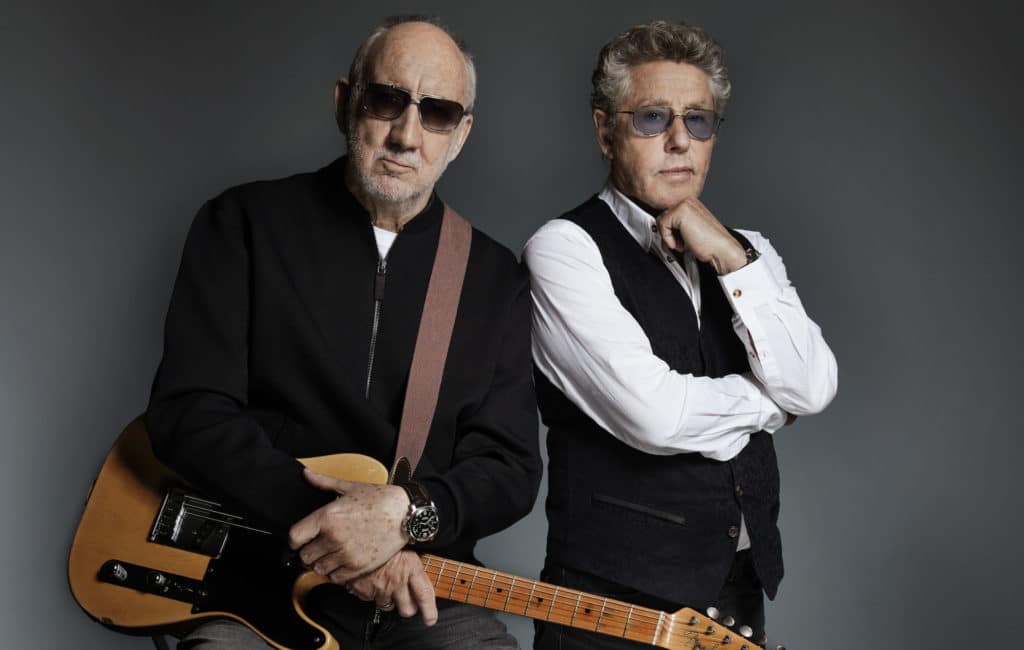
Because of this, the musicians had a problem. The performances with the previous album were too long, 15-20 minutes was enough. However, their usual 40-minute sets proved too short for the Fillmore East.
In Richard Barnes' book Maximum R&B, it was mentioned that in order to make their set last, musicians must learn all the mini-opera that they have not performed live.
After the new album concert, in June 1967, they played their most important American show, the Monterey International Pop Festival, in which they faced Jimi Hendrix to bet who could finish their set more brilliantly.
Hendrix won with his fiery performance, but The Who performed admirably by destroying their instruments in dramatic fashion.
Concept work Who Sell Out
Who Sell Out is a concept album and a tribute to the pirate radio stations in England that were shut down as a result of government crackdown.
The band put their best work on this album to solidify their position in England and finally take over the US market with I Can See for Miles.
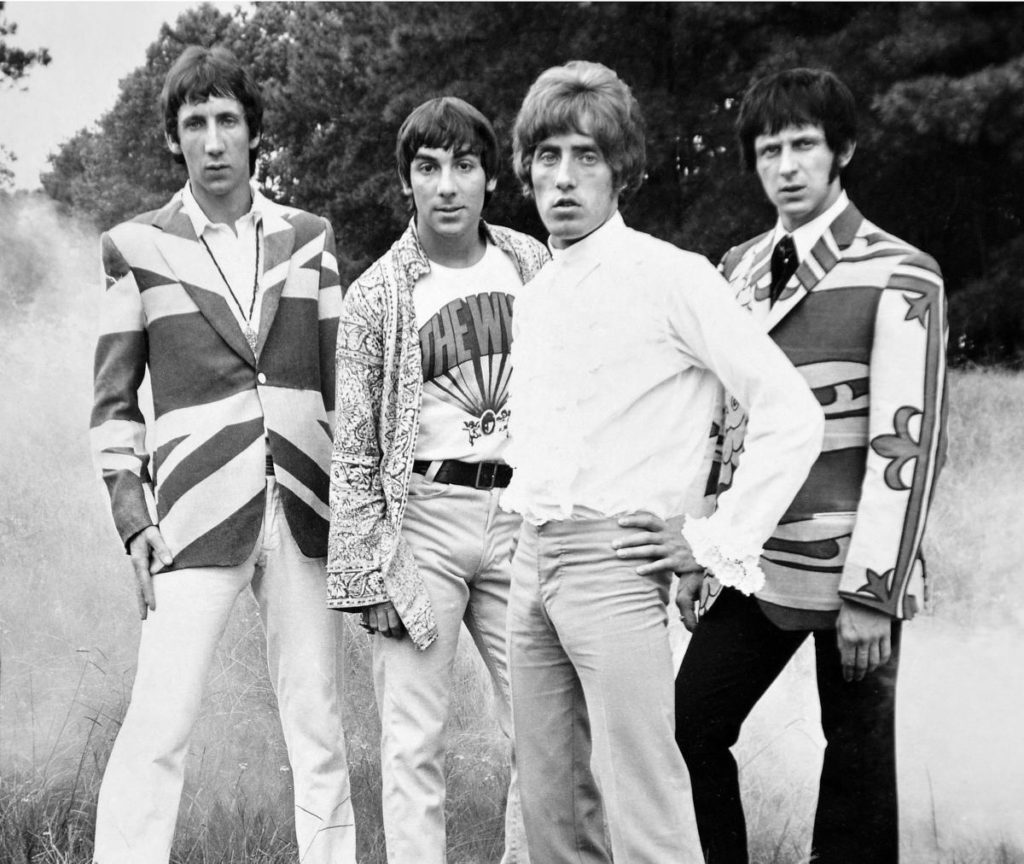
Daltrey's performance was the best of his career to date, backed by Townsend's edgy guitar work, Moon's frenetic drumming and Entwistle's hard bass.
To get this sound took a lot of work in three different studios, on two continents and two coasts.
The song was so difficult to perform that it became the only hit they refused to play live. The single reached the top ten in America and reached number two in England.
Confident conquest of America
Tommy was released in May 1969, more than a year and a half after The Who Sell Out. And for the first time, stars lined up to collaborate with the group. This is especially evident in the United States.
Tommy made the US Top Ten as the band supported the album with an extensive tour. The Who's Next tour made the band one of the top two rock attractions in the world along with the Rolling Stones. Suddenly, their story caught the attention of millions of fans.
Quadrophenia double album and band breakup
With the release of Quadrophenia, the band stopped working with Keith Lambert, who no longer influenced the band. Entwistle launched his own solo career with Smash Your Head Against the Wall.
The double album Quadrophenia sold very well, but proved to be a troublesome live piece because it was difficult to play live.
The team began to fall apart after the release of Quadrophenia. In public, Townsend worried about his role as a spokesman for rock music, and in private he sank into alcohol abuse.
Entwistle concentrated on his solo career, including recordings with his side projects Ox and Rigor Mortis.
In the meantime, Daltrey had reached the peak of his abilities - he became a truly famous singer and was surprisingly successful as an actor.
Moon went into all serious trouble, using psychoactive substances. In the meantime, Townsend worked on new songs, resulting in his 1975 solo work, The Who By Numbers.
The Who reconvened in early 1978 to record Who Are You. This work was a huge success, reaching number two in the US charts.
However, instead of becoming a triumphant return, the album became a symbol of tragedy - on September 7, 1978, Moon died of a drug overdose.
Since he was an integral part of The Who's sound and image, the band didn't know what to do next. After a while, the band hired Small Faces drummer Kenny Jones as a replacement and began working on new material in 1979.
Another breakup of the group
After a concert in Cincinnati, the band began to slowly disintegrate. Townsend became addicted to cocaine, heroin, tranquilizers, and alcohol, suffering a near-fatal overdose in 1981.
Meanwhile, Entwistle and Daltrey continued their solo careers. The group reconvened in 1981 to record their first album since Moon's death, Face Dances, to mixed reviews.
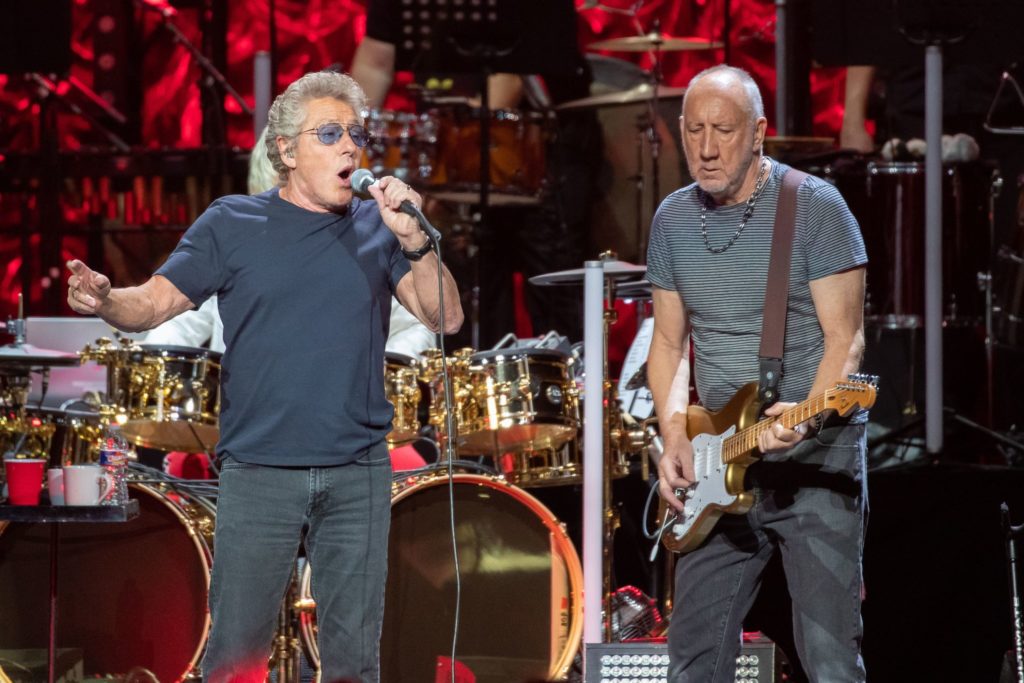
The following year, The Who released It's Hard and embarked on their final tour. However, the farewell tour was not really a farewell tour. The band reunited to play Live Aid in 1985.
The Who also reconvened in 1994 for two concerts celebrating Daltrey's 50th anniversary.
In the summer of 1997, the band began an American tour, which was ignored by the press. In October 2001, the band played "Concert for New York" for the families of victims of the 11/XNUMX attacks.
At the end of June 2002, The Who was about to start a North American tour when Entwistle unexpectedly died at the age of 57 at the Hard Rock Hotel in Las Vegas.
In 2006, Townsend and Daltrey released the mini-opera Wire & Glass (their first collaboration in 20 years).
On December 7, 2008, at a ceremony in Washington, D.C., Townsend and Daltrey received the Kennedy Center Honors for their lifetime contributions to American culture.


